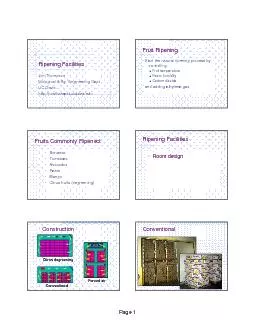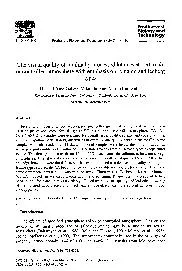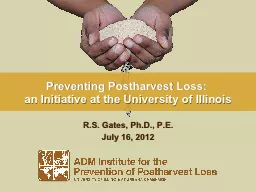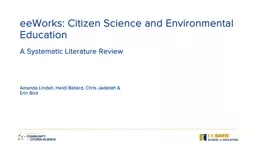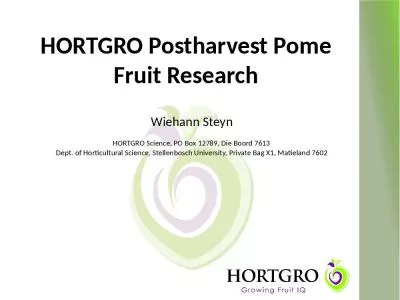PDF-Biological & Ag. Engineering Dept.UC Davishttp://postharvest.ucdavis.e
Author : alexa-scheidler | Published Date : 2015-10-13
Page 1 Fruit Ripening Start the natural ripening process by Fruits Commonly Ripened Avocados Ripening Facilities Room design Construction Conventional Page 2 Forced
Presentation Embed Code
Download Presentation
Download Presentation The PPT/PDF document "Biological & Ag. Engineering Dept.UC Dav..." is the property of its rightful owner. Permission is granted to download and print the materials on this website for personal, non-commercial use only, and to display it on your personal computer provided you do not modify the materials and that you retain all copyright notices contained in the materials. By downloading content from our website, you accept the terms of this agreement.
Biological & Ag. Engineering Dept.UC Davishttp://postharvest.ucdavis.e: Transcript
Download Rules Of Document
"Biological & Ag. Engineering Dept.UC Davishttp://postharvest.ucdavis.e"The content belongs to its owner. You may download and print it for personal use, without modification, and keep all copyright notices. By downloading, you agree to these terms.
Related Documents

